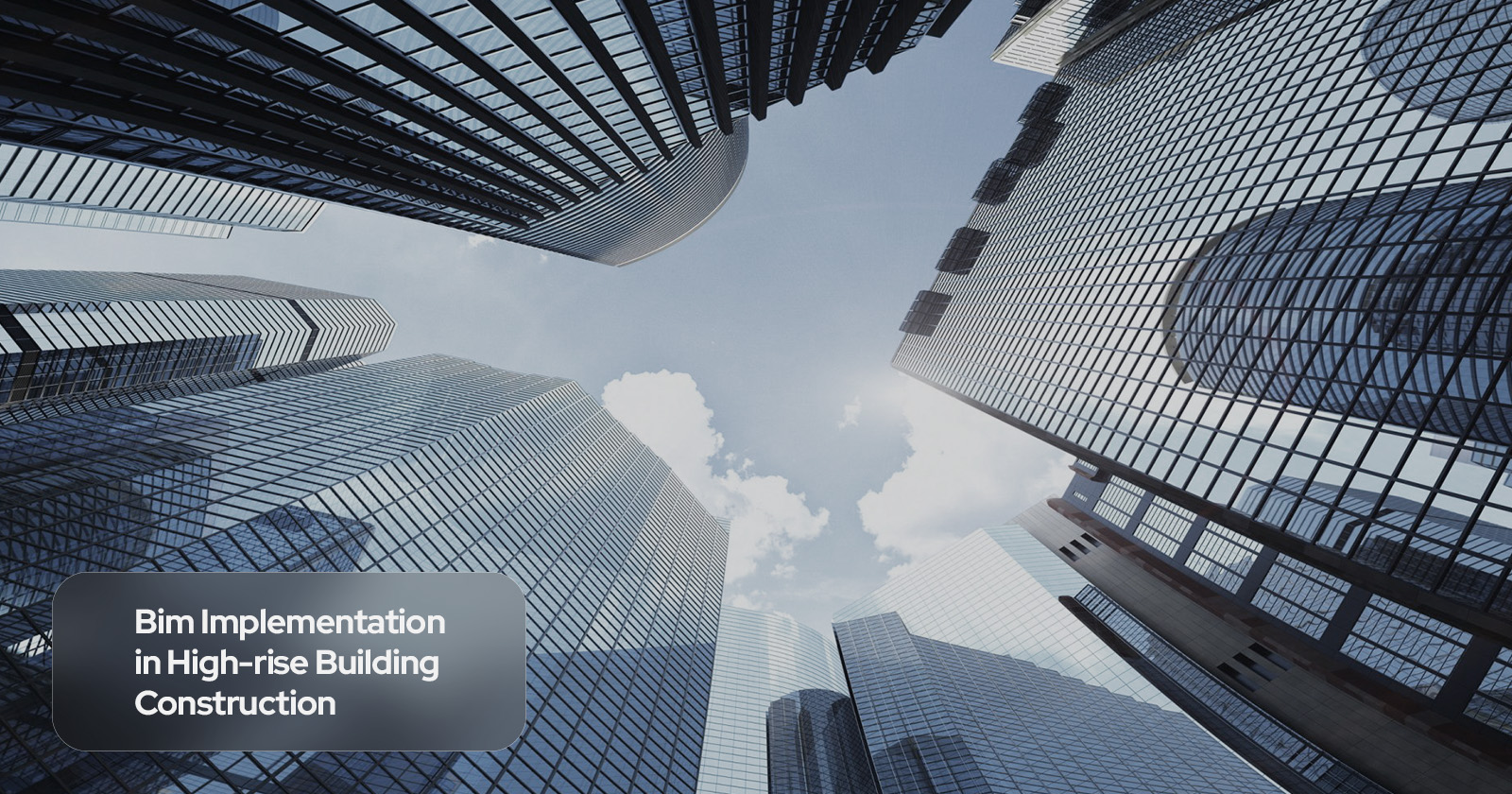Introduction
Incorporating Building Information Modeling (BIM) methodology in high-rise building projects improves coordination, collaboration and information management. BIM allows for early detection of conflicts, leading to proactive problem-solving and cost reduction.
“The use of BIM software in a construction project in progress has allowed me to address issues at that precise moment without affecting other aspects of the project. This is what makes the improvement in work undeniable through the use of the BIM methodology. Being able to resolve conflicts on-site with all the updated information at hand saves us hours of work and prevents unforeseen costs.” – Josefina S., Architect.
Understanding the initial cost of implementing BIM is necessary, as it can be offset by the ability to anticipate and prevent errors during construction.
Highlights
- Incorporating BIM methodology in high-rise construction projects brings benefits such as improved coordination, cost reduction, early conflict detection and enhanced communication.
- Overcoming resistance to change, ensuring software compatibility and understanding the initial cost are key considerations when implementing BIM.
- The workflow in a high-rise construction project involves designing disciplines using traditional software, creating digital twins using BIM-enabled tools and utilizing collaboration platforms for conflict detection and resolution.
- Reports highlight the significant reduction in conflicts, rework and defects when BIM is implemented, ultimately leading to improved project outcomes.
Overcoming Resistance to Change
Contractors and stakeholders may be resistant to using BIM due to their familiarity with traditional work methodologies. Creating spaces for open dialogue, training and presentations to demonstrate the benefits of BIM methodology can help overcome resistance and foster collaboration.
By addressing concerns and showcasing the potential advantages, the adoption of BIM can be encouraged, leading to improved project outcomes.
Ensuring Compatibility of Software
Compatibility of software used by different disciplines is crucial for effective implementation of BIM. Starting with traditional software and gradually transitioning to software that aligns with BIM methodology can be a viable approach.
Agreement on the platforms and software to be used should be reached between all parties involved. This ensures seamless collaboration and information exchange throughout the project. Here are 5 points to understand about BIM compatibility:
- Interoperability: BIM software supports industry-standard file formats such as IFC (Industry Foundation Classes) to ensure compatibility with other software used by architects, engineers, and contractors.
- Integration: BIM software can integrate with other tools used in the construction industry such as project management software, cost estimation software, and scheduling tools.
- Clash detection: BIM software have built-in clash detection capabilities to identify and resolve clashes between different building systems, such as structural, mechanical, and electrical.
- Version control: the software has version control features, allowing multiple users to work on the same model simultaneously and track changes made by different team members. This will prevent conflicts and ensure everyone is working with the most up-to-date information.
- Collaboration: BIM software supports cloud-based collaboration, allowing team members to access and work on the BIM model from anywhere. This will facilitate real-time collaboration and improve communication among team members.
“Compatibility is one of the key contextual factors in the Diffusion of Innovation theory, involving predicting the behaviors of BIM adopters and identifying which components require additional effort for a successful BIM implementation.” – Josefina S., Architect.
Understanding the Initial Cost
Implementing BIM software initially incurs costs compared to the traditional approach. However, these costs can be absorbed through the ability to anticipate and prevent errors during construction o buildings using BIM methodology.
Reports show that the use of BIM in projects improves cost control by 79%. By investing in BIM at the early stages, potential issues can be identified and resolved, saving both time and money in the long run. Here are some key points to consider:
- Accurate cost estimation: BIM allows for more accurate cost estimation by providing detailed 3D models and quantity takeoffs, helping to minimize cost overruns and unexpected expenses.
- Time savings: BIM streamlines the design and construction process, reducing the time required for coordination and communication. This ultimately leads to cost savings by minimizing delays and rework.
- Value engineering: BIM enables value engineering by analyzing different design options and their associated costs. This helps identify cost-saving opportunities without compromising on the quality of the building.
- Improved decision-making: BIM provides real-time data and analysis, allowing project teams to make informed decisions that can help optimize costs during the initial stages of construction.
- Collaboration and coordination: BIM facilitates better collaboration and coordination among different stakeholders, such as architects, engineers, and contractors.
The Workflow in a High-Rise Construction Project
Establishing the tools, implementation process, collaboration methods and task responsibilities are essential in the initial planning phase.
- Each subcontractor designs their respective discipline using software like AutoCAD.
- The BIM team creates 3D models and digital twins using BIM-enabled tools.
- Digital twins are exported to a software like Autodesk Navisworks for early conflict detection.
- Use a collaboration platform like BIMtrack, to assign responsibilities and track the resolution of detected conflicts. It´s easy to have informed decision-making.
- Coordination meetings allow for discussions and resolution of conflicts before construction begins.
- Adjustments made to the digital twins are documented and exported for use in the construction phase.
“The workflow in a high-rise construction project, enabled by BIM, ensures efficient coordination and collaboration among all stakeholders.” – Sarah Thompson, Architect.
The Benefits of BIM in High-Rise Construction Projects
Reports indicate that the use of BIM reduces the number of conflicts and rework on construction sites by 89%. BIM improves the handover experience and reduces defects by 84% and 81% respectively.
The utilization of BIM in high-rise projects leads to reduced time and cost, improved communication among contractors and enhanced project quality. By embracing BIM, construction projects can achieve better outcomes and deliver high-quality buildings.
Conclusion
Incorporating BIM methodology in high-rise construction projects brings benefits such as improved coordination, cost reduction, early conflict detection, and enhanced communication. Overcoming resistance to change, ensuring software compatibility and understanding the initial cost are key considerations when implementing BIM.
Reports highlight the significant reduction in conflicts, rework and defects when BIM is implemented, ultimately leading to improved project outcomes.
By embracing BIM, construction projects can achieve better outcomes and deliver high-quality buildings.






